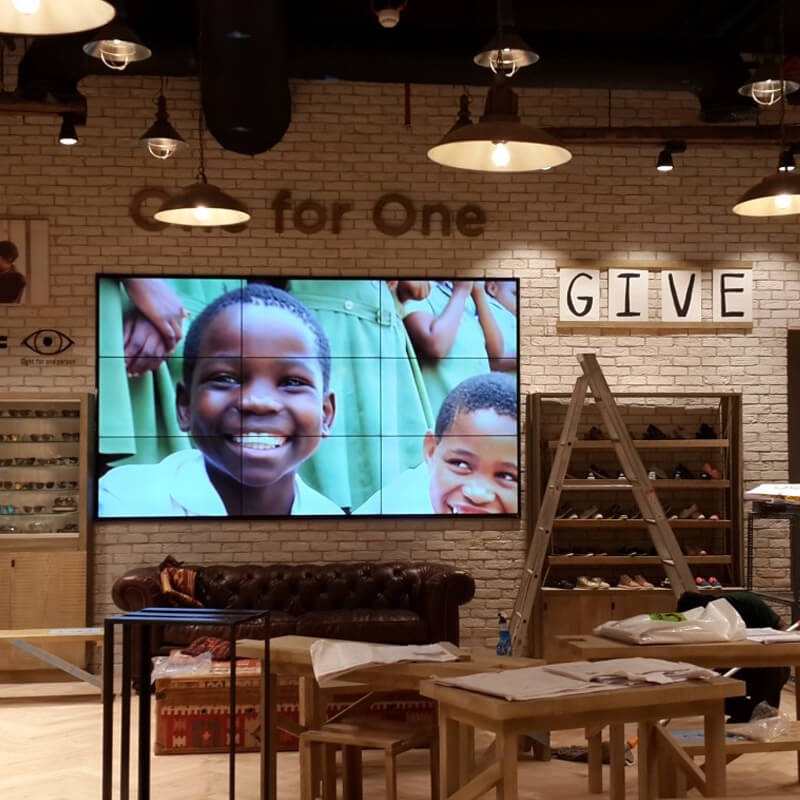Steel fabrication is a widely used method of creating metal structures by cutting, bending, and assembling pieces of steel. It plays a crucial role in various industries such as construction, manufacturing, and transportation. With its versatility and strength, steel is the top material choice for many projects. However, ensuring quality in steel fabrication can be challenging due to complex processes involved.
In this guide, we will provide expert tips to help you ensure quality in your steel fab projects. These tips cover everything from planning to execution and post-fabrication inspections. By following these guidelines, you can minimize errors and produce high-quality steel structures that meet project requirements.
Plan Ahead
The first step to ensuring quality in steel fabrication is thorough planning. This involves understanding the project requirements, creating detailed drawings and specifications, and selecting the right materials and techniques for the job. It is crucial to involve all stakeholders in this process, including engineers, fabricators, and contractors.
During the planning stage, it’s also essential to consider any potential challenges or risks that may arise during fabrication. By identifying these early on, you can come up with effective solutions and prevent delays or costly rework.
Choose a Reliable Fabricator
Selecting a reliable steel fabricator is crucial in ensuring quality in your project. Look for a company with extensive experience in steel fabrication and a proven track record of delivering high-quality results on time. Make sure to check their certifications and references, as well as their equipment and facilities.
Additionally, communication is key when working with a fabricator. Clarify all project specifications and expectations upfront to avoid any misunderstandings or delays.
Invest in Quality Materials
The quality of the materials used in steel fabrication directly impacts the final product’s strength and durability. It’s always best to invest in high-quality steel that meets industry standards and has proper certification. Not only does this ensure the safety and integrity of your structure, but it also saves you from potential legal liabilities in case of any accidents or failures.
Monitor Fabrication Process
Regularly monitoring the fabrication process is crucial for maintaining quality control. This includes conducting inspections during different stages of the process, from cutting and welding to assembly and painting. Any issues or defects should be addressed immediately to prevent further complications down the line.
Utilize Advanced Techniques
Advancements in technology have greatly improved the steel fabrication process. Utilizing advanced techniques such as computer-aided design (CAD) and computer numerical control (CNC) machining can significantly increase accuracy, efficiency, and productivity. These techniques also allow for more intricate designs and customization options.









